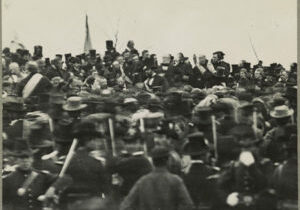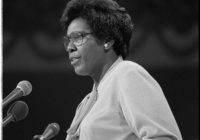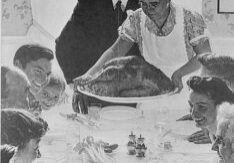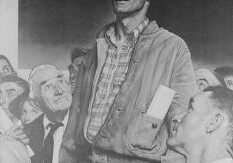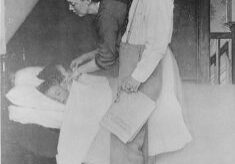Lesson Plans
Gettysburg Address Game On
Students consider whether equality is important to our democracy as they develop a deep understanding of the literary and historical value of the Gettysburg Address through analysis of primary sources and a close reading of the text with several game-based activities to reinforce their knowledge and understanding. After, students connect their learning to today by writing a response to the lesson focus question: In what ways is equality a proposition, or belief, worth fighting for? Numerous extension activities are also provided.
What Do You Do with a Voice Like That?
Pair the picture book, What Do You Do with a Voice Like That, with primary sources to have students investigate Representative Barbara Jordan and the role she played in a changing political landscape in the 1960s and 1970s and during the Watergate investigations of President Nixon. After, students may share, in words or pictures, an example of how they have used their voice to affect positive change at home, school or in their local community.
Speaking Out: Four Freedoms Then and Now
Students analyze a part of Franklin Delano Roosevelt’s “Four Freedoms” speech and use primary sources from the Library of Congress to gain historical context. Next, students explore sources from the Library to draw conclusions about the impact of the speech on American culture at the time. Students then write their own “Four Freedoms” speech, outlining four freedoms they believe Americans should keep front-of-mind today.
Securing Our Freedoms Beyond the Bill of Rights
Students analyze primary sources from the Library of Congress including Norman Rockwell’s “Four Freedoms” and “The Bill of Rights” to the U.S. Constitution. Students then identify amendments related to two of the four freedoms from the primary sources and then work in small groups to reach consensus and propose a new amendment to secure rights or freedoms not included in the Bill of Rights.
Find Your Freedom Beyond the Bill of Rights
Students analyze primary sources from the Library of Congress to identify freedoms, then review background information about the Bill of Rights to the U.S. Constitution. Next, students match the amendments related to some of the freedoms they identified through analyzing sources and then work in small groups to reach consensus and propose a new amendment to secure freedoms not included in the Bill of Rights.
